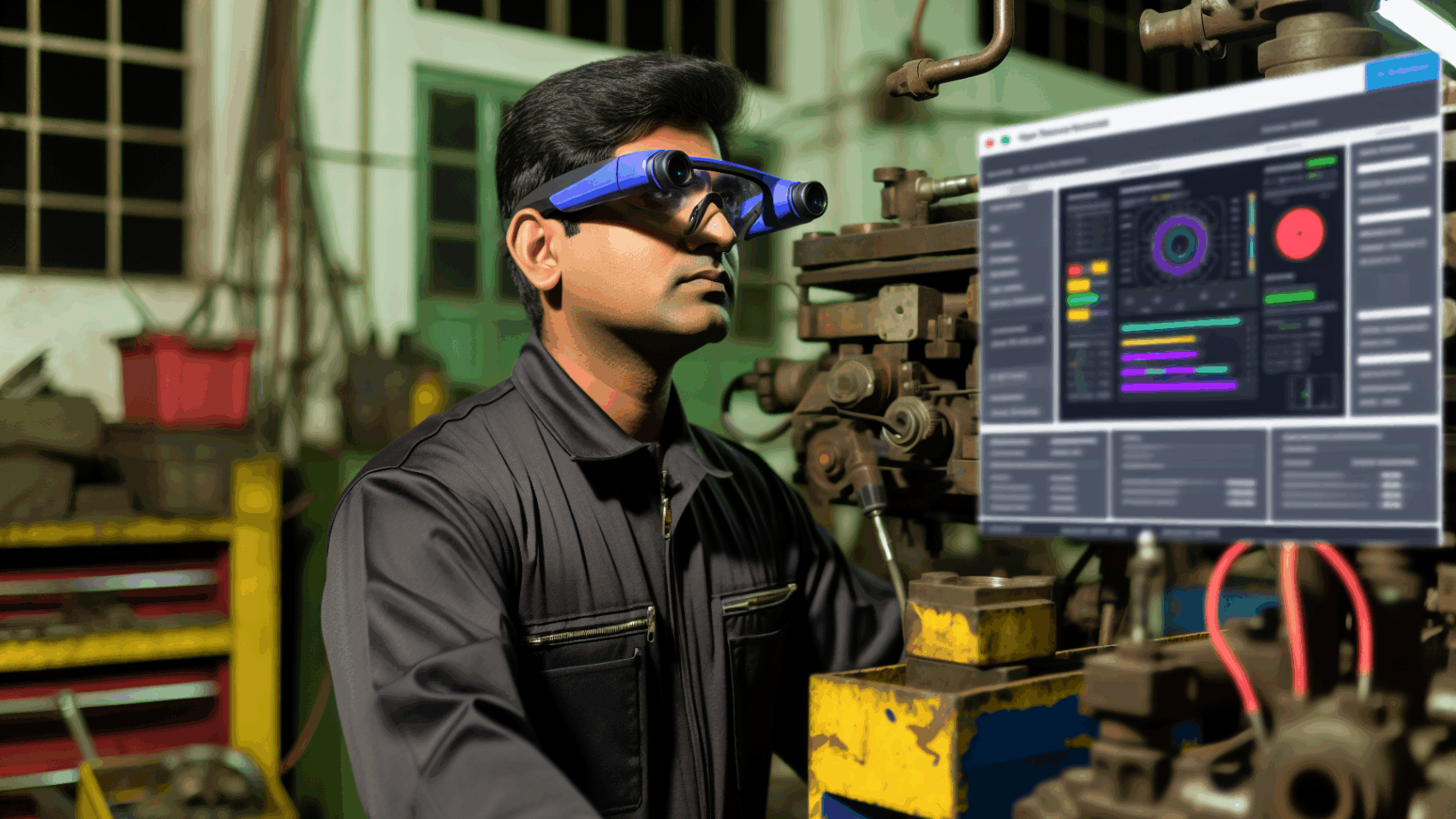The landscape of maintenance is undergoing a transformative revolution with the advent of augmented reality (AR) glasses. These innovative tools are not just a leap into futuristic efficiency but a current game-changer for professionals in various industries. Today’s article delves into how AR glasses are elevating maintenance practices and empowering operators with real-time insights and guidance for unparalleled operational success.
Innovating Maintenance Operations with AR Glasses
Augmented Reality (AR) glasses are reshaping the sphere of maintenance operations by integrating digital visualizations directly into the technician’s field of view. This technology provides an unprecedented interactive experience, where the physical and digital worlds converge to facilitate complex maintenance tasks. The implementation of AR glasses enables technicians to access a wealth of information instantaneously, overlaying critical data such as schematics, step-by-step instructions, and machinery analytics on the real-world equipment they are servicing.
One of the most significant impacts of AR glasses is the drastic reduction in equipment downtime. By leveraging AR to provide real-time, hands-free access to crucial data, technicians can diagnose and resolve issues more efficiently than ever before. This speed in troubleshooting is not only a function of having direct access to data but is also facilitated by interactive 3D models that guide maintenance procedures, minimizing errors and increasing precision.
Safety, a paramount concern in maintenance operations, is greatly enhanced through the utilization of AR glasses. Technicians are alerted to potential hazards in their immediate environment, with safety protocols and emergency procedures readily accessible through their AR interface. This not only helps in preventing accidents but also ensures compliance with industry safety standards.
The transformative effect of AR glasses on maintenance operations can be vividly seen in industries ranging from manufacturing to aviation, where precision, efficiency, and safety are critical. By examining specific case studies, such as an aircraft manufacturer that has reduced inspection times by 30% through AR-based maintenance guides, it becomes evident that the integration of AR into maintenance practices is not just a novelty but a substantial leap forward in operational efficiency and accuracy.
Conclusions
The integration of AR glasses into maintenance operations signifies a pivotal shift towards more efficient, precise, and safe practices. By providing technicians with in-depth, real-time insights and overlaying critical information onto the physical work environment, these tools optimize every aspect of maintenance. As we’ve explored, the benefits are palpable, with substantial implications for cost savings and operational excellence—an innovation that stands to redefine industry standards.

